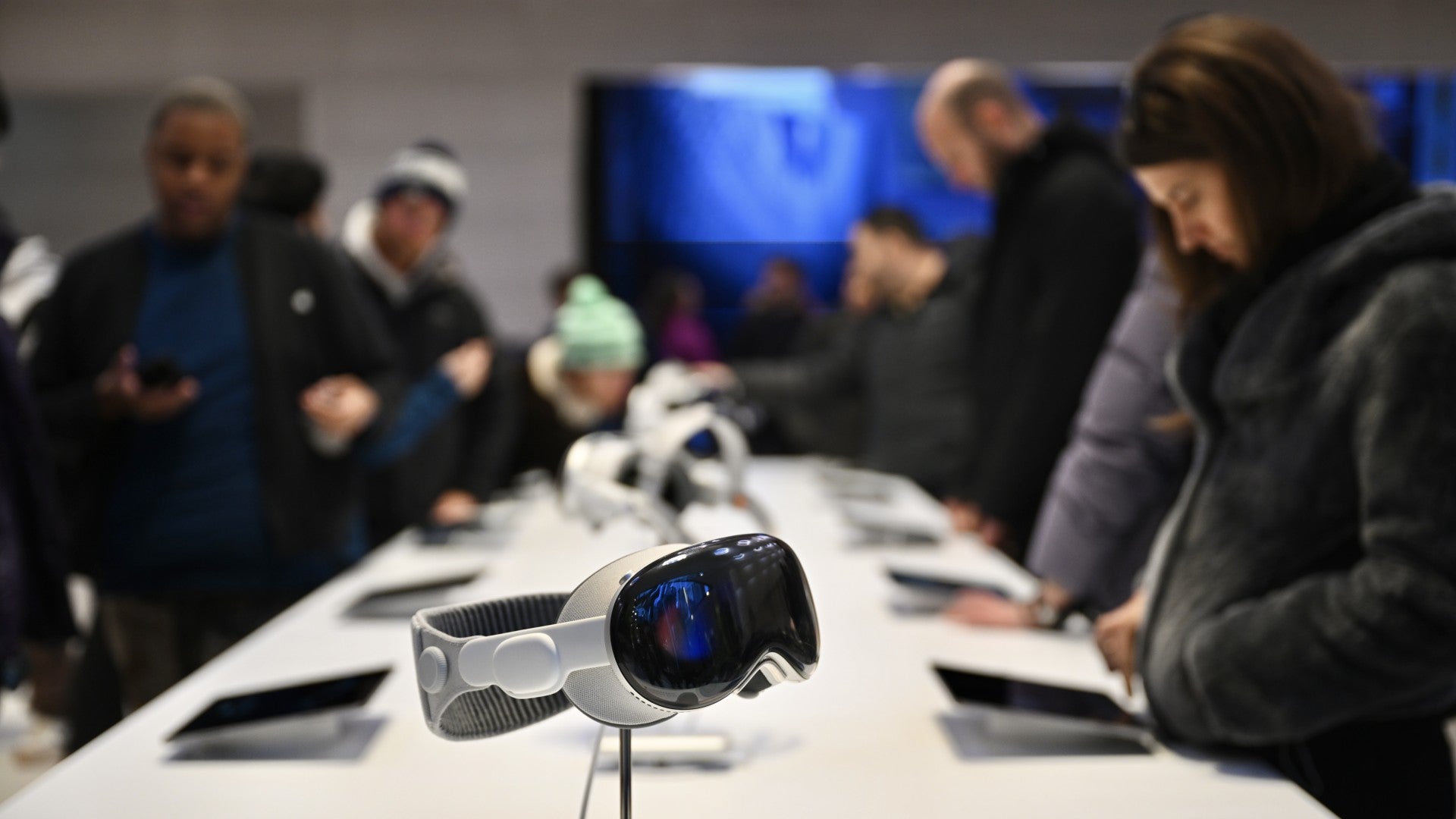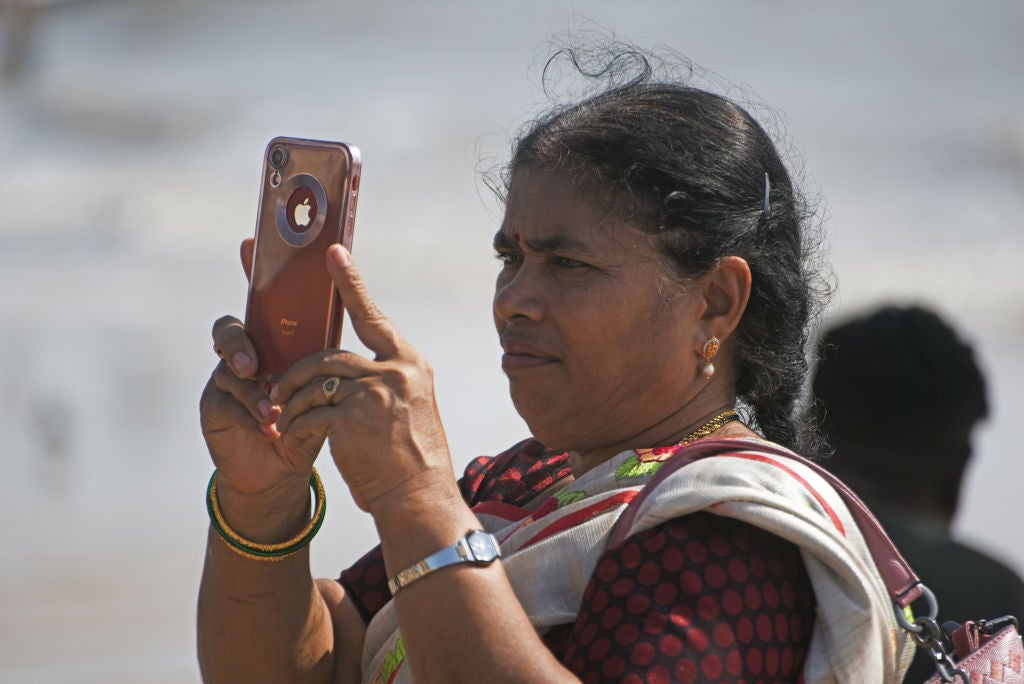
Augmented reality (AR) is a growing market but has struggled to find appealing use cases for consumers, a new GlobalData report outlines.
The Augmented Reality 2024 report predicts that the industry will be worth $100bn by 2030, with 95% of the market value coming from enterprise users. At the same time, Apple’s large investment in its Vision Pro mixed reality headset suggests it sees a path to the technology’s wider adoption by regular consumers.
Currently, the consumer market is dominated by mobile AR, where virtual objects are added to the world as captured by a smartphone’s camera. The worldwide success of Niantic’s 2016 Pokémon GO, which uses mobile AR to simulate catching monsters in real-world environments, spurred hopes that other games could replicate its appeal.
This did not materialise. The report notes that, despite representing 10% of annual AR revenues, the AR gaming space “has a tendency to over-hype mediocre titles and an inability to innovate and create unique AR gaming experiences.”
The other major use remains real-time filters in apps like Snapchat or TikTok. While the companies behind these two apps both have market caps in the tens or hundreds of millions, the AR features they incorporate are additional to the main experience. Other entertainment uses, including the creation of AR video experiences and concerts, remain fringe due to high costs and low technology adoption.
Apple’s augmented reality
None of this has stopped Apple, the second largest company in the world by market cap, from betting on the technology as its future. The Vision Pro, a $3,500 headset that blends virtual reality (VR) and AR launched in January after years of development. Despite Apple’s marketing describing the product as the birth of ‘spatial computing’, it has many similarities to pre-existing headsets like Meta’s Quest line, offering a fully immersive VR experience with advanced passthrough.
How well do you really know your competitors?
Access the most comprehensive Company Profiles on the market, powered by GlobalData. Save hours of research. Gain competitive edge.

Thank you!
Your download email will arrive shortly
Not ready to buy yet? Download a free sample
We are confident about the unique quality of our Company Profiles. However, we want you to make the most beneficial decision for your business, so we offer a free sample that you can download by submitting the below form
By GlobalDataThis means the ‘AR’ offered by the Vision Pro is akin to an advanced version of mobile AR, showing the world to users through cameras built into the headset rather than overlaying digital information on a clear surface like true AR headsets.
“Apple is testing the waters with the Vision Pro headset,” explains Rupantar Guha, the author of GlobalData’s report, of Apple’s strategy to Verdict. “It was a highly anticipated device, and despite the high price tag, it has received a positive initial response from affluent consumers and prosumers.
“The long-term success of the Vision Pro will depend on the ecosystem Apple develops around the device. In addition to technological upgrades in the subsequent generations, developing more use cases and offering price reductions will enhance the device’s appeal and adoption among general consumers.
“Apple, with its excellent brand awareness and extensive retail presence worldwide, will try to position the Vision Pro as a standalone device alongside the iPhone and Mac.”
Most commentators agree that this headset is more of a market-ready proof-of-concept than a true realisation of Apple’s vision. At the very least it is expected that future versions of the product will be smaller, cheaper and more powerful, but beyond that speculation abounds that the company wants to create true AR, a technology currently almost absent from the consumer market.
GlobalData’s patent filings database reveals that Apple has sought to protect many of its innovative features, including its foveated displays that only render in full focus the portion of the screen that the user is looking at. If these are granted, Apple will have a long window of opportunity to leverage its advancements in more affordable products.








